Automotive
/Home & Leisure
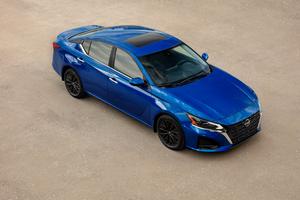
Eric's Auots: 2025 Nissan Altima
Nissan's Altima sedan has been around for more than 30 years. It will probably not be around after the end of the 2025 model year -- following its sibling, the Maxima, into oblivion.
There are many reasons why, the chief one being that sedans as a class have fallen out of favor -- in favor of crossovers that offer more interior space and ...Read more
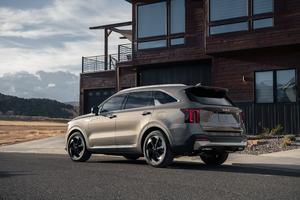
Eric's Autos: 2025 Kia Sorento
"Sharing platforms" -- car industry jargon for making (and selling) two iterations of basically the same thing -- is generally considered an unflattering thing.
Or at least a duplicative thing.
Why sell basically the same thing twice?
Well, because sometimes it works. General Motors, for instance, sells the Chevy Tahoe and the GMC Yukon, and ...Read more
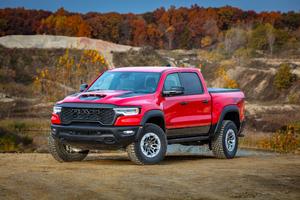
Eric's Autos: 2025 Ram 1500
Can 3.0 liters -- and six cylinders -- take the place of 5.7 liters and eight cylinders? That's the question asked by the just-updated 2025 Ram 1500 pickup, which is no longer available with the 5.7-liter Hemi V8 -- but is available with a new twin-turbocharged in-line six in two different configurations.
What It Is
The Ram 1500 is a half-ton ...Read more
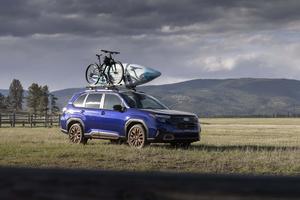
Eric's Autos: 2025 Subaru Forester
There's an old saying in engineering circles: If it ain't broke, don't fix it. That sums up the changes to the Subaru Forester for 2025. It has been updated. But it hasn't been fixed.
What It Is
The Forester is a compact crossover that differs from other small crossovers in its class in two meaningful ways. The first being it...Read more
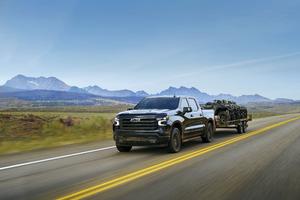
Eric's Autos: 2025 Chevy Silverado
A majority of 2025 model year half-ton trucks no longer even offer a V8 engine. It's almost unimaginable -- but that doesn't make it less true.
The Chevy Silverado is one that offers two.
It is also still available in regular cab (two-door) configuration -- and with an 8-foot bed. Several rivals -- including the Ram 1500, Nissan Titan...Read more
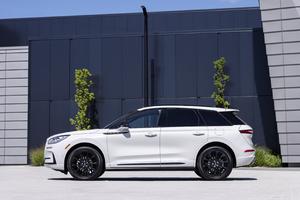
Eric's Autos: 2025 Lincoln Corsair
The daunting thing about the car market right now is how expensive non-luxury-brand vehicles have become. On average, they have increased in cost by an astounding $20,000 over the past roughly four years.
But there are, interestingly enough, some luxury-brand vehicles that aren't particularly expensive -- relative to what it costs to buy a ...Read more
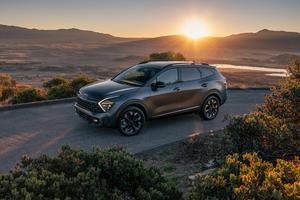
Eric's Autos: 2025 Kia Sportage Plug-in Hybrid
Plug-in hybrids like the Kia Sportage are ingenious things. Not so much because they can be driven entirely on battery power until they run low on charge -- just like a vehicle powered entirely by a battery -- but because you don't have to stop when the plug-in hybrid runs low on charge. You don't even have to plug it in, if you prefer not to.
...Read more
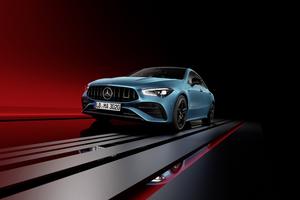
Eric's Autos: 2025 Mercedes CLA 45 S
It's a little weird that Mercedes is selling subcompact front-wheel-drive sedans with four-cylinder engines. Those attributes used to describe economy cars.
But the Mercedes CLA 250 -- which is FWD and comes standard with a small four-cylinder engine -- does not come with an economy car's price tag.
It is, however, available ...Read more
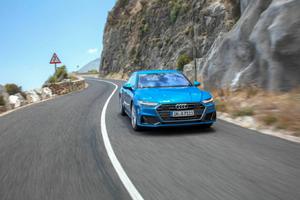
Eric's Autos: 2025 Audi A7
The Audi A7 is an interesting critter in that it's about the same size as a midsize BMW 5 Series sedan and other midsize luxury sedans but costs about $20,000 more to start than they do.
But you do get something more for the money -- as well as something you cannot get in sedans like the BMW 5 and Mercedes E.
What It Is
The Audi A7 is a ...Read more
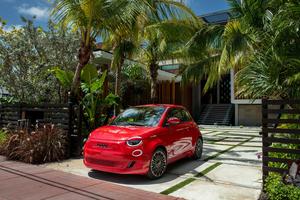
Eric's Autos: 2024 Fiat 500e
A lot has changed in the five years since you could last buy a brand-new Fiat 500 -- the cute little minicar from Italy.
When it was last available -- back in 2019 -- it had a base price just over $16,000, came standard with a manual transmission and could take you nearly 300 miles - in city driving -- on about 10 gallons of gasoline. ...Read more
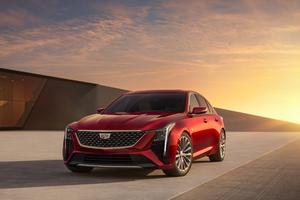
Eric's Autos: 2025 Cadillac CT5
There aren't many new sedans left on the market -- and most of the ones still on the market are front-wheel-drive/all-wheel-drive and hybridized sedans.
The Cadillac CT5 is one of the few that's still RWD as it comes (AWD is available if you want it) and that just has an engine rather than an engine and an electric motor(s) ...Read more
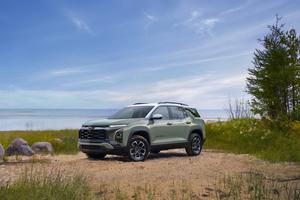
Eric's Autos: 2025 Chevy Equinox
It's interesting that Chevy -- General Motors -- offers two iterations of the Equinox. One of them sells really well.
The other not so much.
You can probably guess which one -- and why.
What It Is
The Equinox is a compact crossover that seats five in two rows. It's also Chevy's best-selling model after the Silverado 1500 pickup. So ...Read more






